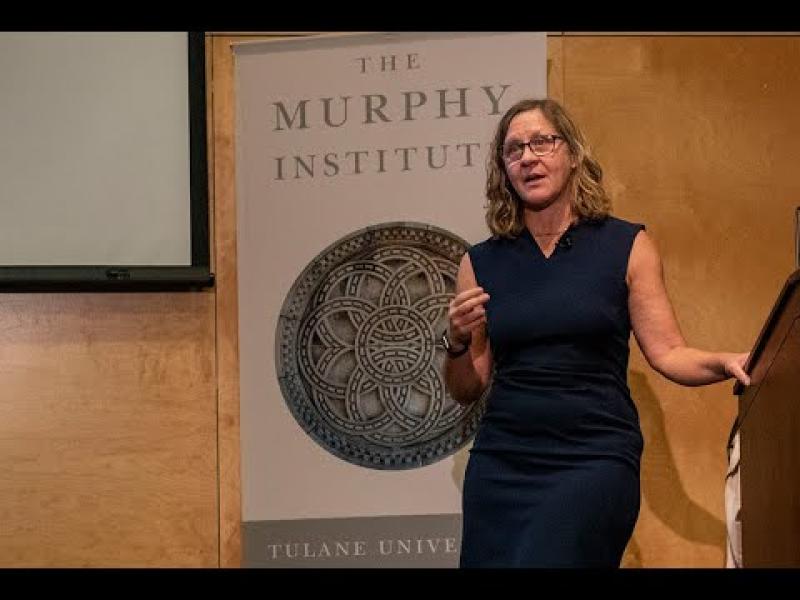2022 Yates Lecture: Hilary Hoynes
Children and the U.S. Social Safety Net: Rethinking Policies using an Investment Lens
Professor of Public Policy and Economics and Haas Distinguished Chair in Economic Disparities at the University of California, Berkeley
More Information
A hallmark of every developed nation is the provision of a social safety net – public programs that deliver aid to the poor. Because of their higher rates of poverty, children are often a major beneficiary of safety net programs. Compared to other countries, the U.S. spends less on anti-poverty programs and, consequently, has higher child poverty rates. In this lecture, Professor Hoynes discussed the emerging research that examines how the social safety net affects children’s life trajectories. The long run benefits are significant not just for the families but also show that many programs prove to be excellent public investments. The lecture concluded with the implications of this research for current policy discussions such as the expanded Child Tax Credit.
Hilary Hoynes is Professor of Public Policy and Economics and holds the Haas Distinguished Chair in Economic Disparities at the University of California Berkeley, where she also co-directs the Berkeley Opportunity Lab. Her research focuses on poverty, inequality, food and nutrition programs, and the impacts of government tax and transfer programs on low-income families. She is a member of the American Academy of Arts and Sciences, the National Academy of Social Insurance and is a Fellow of the Society of Labor Economists. She has served as Co-Editor of the American Economic Review and the American Economic Journal: Economic Policy and is on the editorial board of the American Economic Review: Insights.


